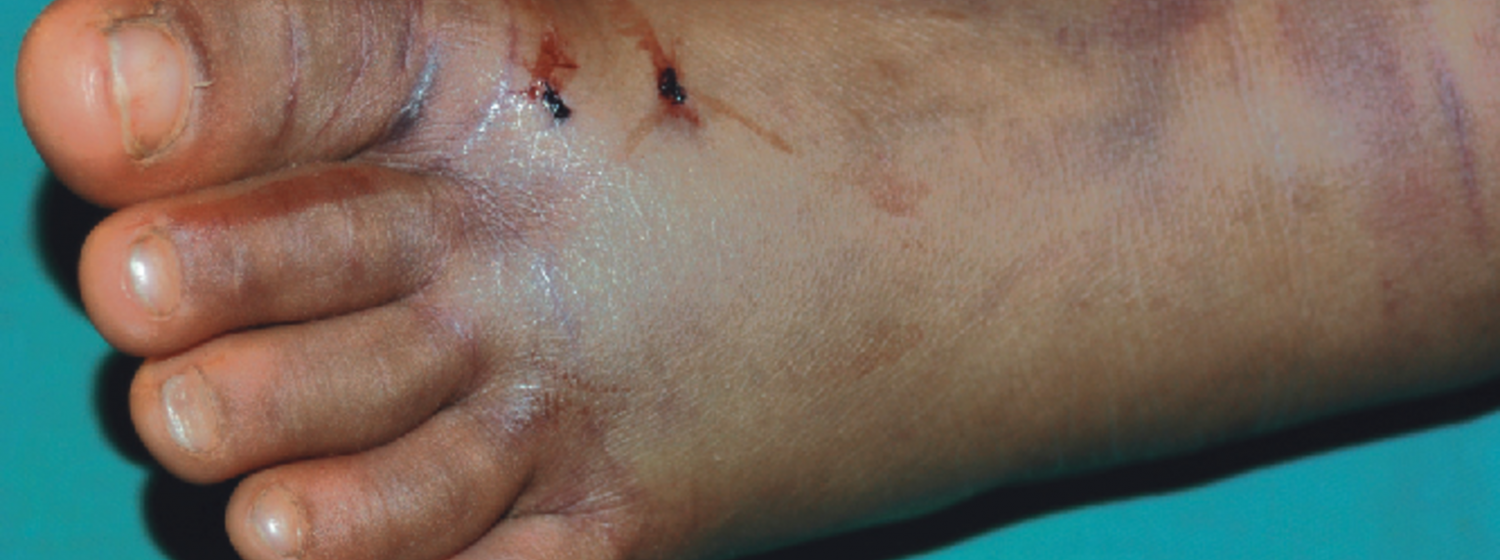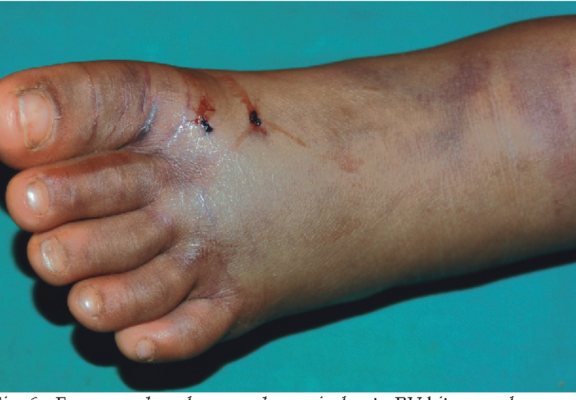

AHO to halve snake bite and its consequences in Africa by 2030
September 19 was Snakebite Awareness Day. Each year, 5.4m people are bitten by snakes, with up to 2.7m incapacitated.
“Envenoming”, it claims, is “one of the most neglected tropical diseases”.
AHO wants to halve these numbers by 2030.
People living in rich countries, where antivenom is readily available, have less to fear from close encounters of the serpent kind. Europe and North America report the lowest casualty figures, while snakebite fatalities are rare in Australia, which has some of the world’s most lethal stingers.
Clearly, the presence of poisonous snakes is not, in itself, the crucial risk factor.
Deprived areas of Sub-Saharan Africa and South Asia have a major problem. Subsistence farm workers, living in poorly built hovels, are most at risk and children playing in deprived rural areas are especially vulnerable.
Almost three million biting incidents are recorded in India each year, and 50,000 victims die. Most snakes, however, are harmless. Of the world’s 3,500 species, around 600 are venomous, only a handful of which can deliver life-threatening bites.
Envenoming is part of the snake’s digestive process. Having bitten its victim, the snake waits for the poison to take effect. Lacking teeth, it can’t chew, so the paralysed creature is swallowed whole, the process of breaking down the body already under way.
This is the reptilian equivalent of cooking, our own unique method of food preparation. Chemical weapons have a long evolutionary history. They began, presumably, as a defensive defensive measure.
Plants developed toxins to upset the tummies of creatures eating their seeds; forests are not peaceful places, they are battlefields. The fungal kingdom is also in on the act; all mushrooms are edible but some can only be eaten once!
Box-jellyfish, scorpions, spiders, centipedes, even a species of octopus, are members of the chemical weapons club.
Few mammals have gone down the poison road, but one of the most primitive, the platypus, has sharp spurs and venom-producing glands on its hind legs. Rival males are paralysed temporarily when stung.
Poison may have evolved for defence but some creatures use it offensively, to hunt and harvest prey.
Queen wasps avoid the autumn death sentence; they survive the winter. Each one seeks out a safe sheltered place in which to hibernate.
A folded curtain, clothes hanging in a wardrobe or placed neatly in a drawer will sometimes be chosen, with painful consequences for an unwitting householder who disturbs the squatter.

